Sinterit Lisa X vs Formlabs Fuse 1: Comparative Review
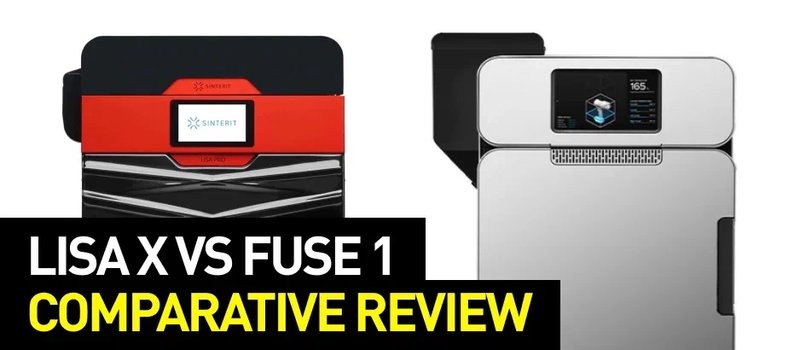
The recent advances in Selective Laser Sintering technology became a true milestone for industrial-grade additive manufacturing. Indeed, more and more businesses are getting unprecedented benefits due to this 3D printing method, which provides a really high return on investment.
In this review, we are going to compare two SLS solutions — the brand new, cutting-edge Sinterit Lisa X and another high-end product released in the previous year, the Formlabs Fuse 1. This way, we can get an insight into the current state of the market and see whether the progress in the technology is really that rapid.
Specifications
Let’s start with the main characteristics defining each of the two models reviewed:
|
Lisa X
|
Fuse 1
|
|
|
Technology |
SLS printer with 30W laser |
SLS printer with 10W laser |
|
Manufacturer country |
Poland |
USA |
|
Build volume |
180 x 130 x 330 mm |
165 x 165 x 320 mm |
|
Min. layer thickness |
75 µm |
110 µm |
|
Adjustable layer thickness |
yes 75–200 µm |
no 110 µm |
|
Open Environment and control over printing process |
yes 32 printing parameters |
no no available parameters |
|
Nitrogen chamber |
yes compatible with more materials |
no limited possibilities of using some materials |
|
Materials available |
9 proprietary + 3rd party |
3 |
|
Connectivity |
Wi-Fi, Ethernet, USB |
Wi-Fi, Ethernet |
|
Dimensions |
650 х 610 х 1200 mm |
645 х 685 х 1070 mm |
|
Weight |
145 kg |
114 kg |
|
Price |
$21,990 |
$18,499 |
As can be seen from the comparative table above, the Lisa X stands out in several ways. The printer offers a more powerful laser, convenient rectangular shape and larger diagonal, adjustable layer thickness to control speed/smoothness of printing, built-in nitrogen chamber, and a wider range of supported materials. Now, we are going to elaborate on some of the aspects to see the pros and cons of the machines in question.
Features compared
To find out the difference between the Sinterit Lisa X and the Formlabs Fuse 1 models, we will explore the important aspects of the workflow.
Key points
Technology: The Lisa X is the third generation Sinterit printer from the company specializing in SLS printers. As for the Fuse 1, it represents the first generation of SLS printers from the SLA-specialized company.
Printout quality: Having tested printouts with PA12, in both instances, print quality is very good.

Minimal differences: Lisa X has stronger and better thin walls, while the Fuse 1 has better mini holes, but generally, the prints are very comparable.

We couldn't test printouts made with elastic materials because Fuse 1 doesn't offer flexible materials, as of April 2022.
Printouts durability: The parts and models made of PA12 are durable on both devices. However, when comparing parts printed with PA11, the Lisa X has way better mechanical properties thanks to the built-in nitrogen chamber which removes oxygen from the build area (the Fuse 1 doesn't have a nitrogen chamber). The nitrogen chamber also enables printing with a variety of powders not available for the Fuse 1. For example, PA11 CF (Carbon Fiber) is a highly resistant and strong material (stronger than certain aluminum alloys). In this regard, the capabilities of the Fuse 1 are somewhat restricted.
Speed: The printing process revealed the fact that the speed of the Lisa X is actually up to 40% faster than that of the Fuse 1, the cooling time included. As for the Formlabs machine, to speed up the process, it applies cooling outside the printer, with the fusion bed removed.
Ease of use: Both 3D printers are user-friendly and very simple to use. The only significant difference lies in material changeover. If the Lisa X does not pose any issues due to the related add-on equipment, the same process might be difficult with the Fuse 1.
Post-processing: The aforementioned add-on equipment, such as a dedicated purification station and the Sandblaster, makes the post-processing stage with Sinterit pretty clear and efficient in terms of material savings. With the incomplete set for the Fuse 1, the powder losses can become a problem. In addition, there is no related sandblasting solution for the Formlabs printer.

Add-on hardware
The Lisa X comes with the dedicated Sinterit professional tools to make printing and post-processing easy and effective. For example, the Powder Handling Station ensures ergonomic workplace organization and a high level of powder recovery. Besides, all the components of the set can be used separately.
The Fuse 1 is supplied with the Fuse Sift, a handling station that provides an easy-to-use, end-to-end solution for 3D printing enthusiasts and professionals. Additionally, there is an option to add a second build chamber to compensate for the difficulties during material changeover and reduce downtime. Still, the post-processing stage is rather limited due to the absence of the proper sandblasting solution, so third party devices are recommended. Another drawback of the machine is zero modularity.
|
Lisa X
|
Fuse 1
|
|
|
Post Processing, Sieving & Mixing Vacuum Sandblasting |
PHS ATEX / INTERTEC Vacuum SLS Sandblaster |
Sift ATEX Vacuum 3rd party recommended |
|
Modularity |
yes, full |
no, all set is required to operate |
|
Materials changeover |
Sinterit Powder Handling Station (PHS): High efficiency (over 97%) in powder recovery Sieving module Powder separator Toolkit (brushes and tools) Storage space (3 drawers) |
Fuse Sift: Some loss on vacuum (no separator) and ventilation (back filter) |
|
Minimum post-processing solution cost |
$2,620 (basic set) |
$8,999 |
Materials
The range of available powders for the Fuse 1 currently includes only PA12, PA12 GF, and PA11. It is stated that some more materials could be in development. Nevertheless, PA12 accounts for 90–95% of all SLS printing and possesses exceptional material properties, including biocompatibility, UV, moisture, and heat resistance.
The Lisa X, on the other hand, boasts a nitrogen chamber that lets it print a wider choice of powders (see the table below). Moreover, the machine supports third party materials. The Sinterit device also benefits from the low refresh ratio meaning better economy of use.
|
Lisa X
|
Fuse 1
|
|
|
Available materials |
PA12 PA11 PA11 CF PA11 ESD Polypropylene (PP) Flex Grey Flexa Bright Flexa Soft TPE Third party materials |
PA12 PA12 GF PA11 |
|
Third party material support |
yes |
no |
|
Materials changeover |
yes (easy, 15 min process) |
yes (very complex process, recommended dedicated printer and sifter for each future material) |
|
Material refresh ratio |
27% |
30% |
Software
Both printers use proprietary software designed to ensure smooth print preparation.
The Fuse 1 comes with the PreForm Desktop Software. With a set of automatic algorithms, it can easily edit the print’s layout, orientation, and supports. The program offers a simple and clear UI. The major disadvantage compared to the rival is the small range of supported file types.
The Lisa X, too, runs highly efficient proprietary software called Sinterit Studio. The program has an enhanced version — Sinterit Studio Advanced. The latter gives access to extra functions, such as flexible printing parameters, experimental printing settings, and access to use third party materials. Sinterit Studio works with more file formats and extends the degree of user control over the printing process. Unfortunately, it is not compatible with the macOS.
|
Lisa X
|
Fuse 1
|
|
|
Software |
Sinterit Studio + Sinterit Studio Advanced |
PreForm Desktop Software |
|
Autopacking |
yes |
yes |
|
Supported file formats |
STL, OBJ, 3DS, FBX, DAE, 3MF |
STL, OBJ, FORM file output |
|
System requirements |
Windows 7 (64-bit) and up OpenGL 3.0 2+ GB RAM |
Windows 7 (64-bit) and up Mac OS X 10.12 and up OpenGL 2.1 4 GB RAM (8 GB recommended) |
Terms of service
It should also be noted that the manufacturer companies offer different service conditions. They are briefly presented in the table below:
|
Lisa X
|
Fuse 1
|
|
|
Free warranty |
1 year |
1 year |
|
Service plans |
Not mandatory |
Mandatory
Fuse Standard Service plan offers phone and email service for the Fuse 1, with one annual on-site visit included and additional visits for an extra charge.
Fuse Premium Service plan offers the coverage, with everything in the Standard Service Plan, plus customized on-site training and on-site visits at no extra charge. |
Bottom line
In summary, it is safe to say that the Sinterit Lisa X surpasses the Formlabs Fuse 1 in a number of aspects. The machine features an open environment with more refined equipment and wider possibilities in terms of materials, file formats, and effective use. The Fuse 1, on the other hand, will suffice for those who look for simple use and standard powders support. However, one should be prepared for limited post-processing options and greater material costs when opting for the Formlabs product.






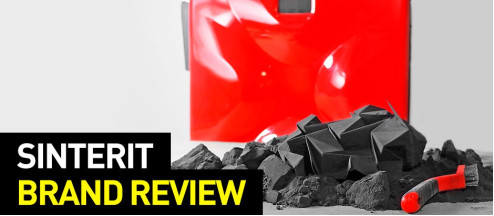
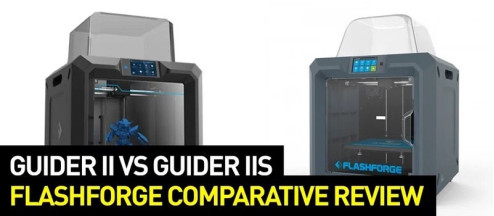
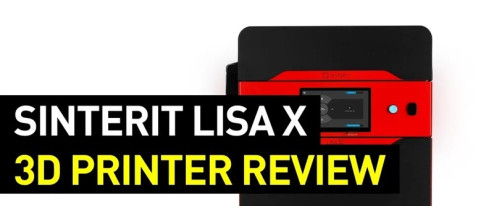
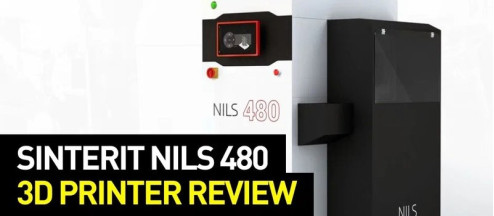
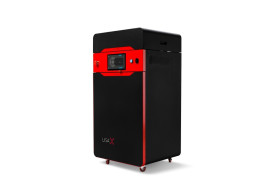
Write a comment